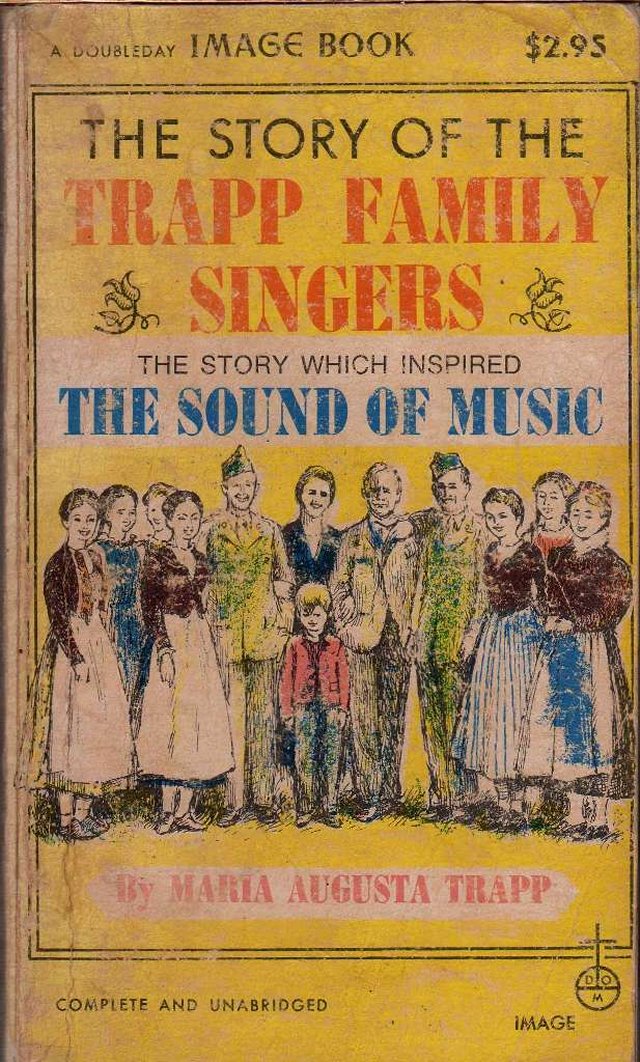
Trapp Family Lodge Visit
in 2013
Bob Jensen
at Trinity University
On September 3, 2013 daughter Maria and her daughter Michelle
from Wisconsin arrived for a visit.
On September 5 we departed for a stay in the Trapp Family Lodge in Stowe,
Vermont
The Lodge is about 60 miles from our cottage and this was our first visit to
Stowe
Stowe is probably New England's best-known complex of ski mountains
http://en.wikipedia.org/wiki/Stowe,_Vermont
Also read in Stowe, VT into the following site
WhatWasThere (history of various street locations and town) ---
http://www.whatwasthere.com/
The von Trapp name is best known for the the Trapp Family Singers
and the Sound of Music
The Sound of Music play and movie were taken from a 1957 book written by Maria
Augusta Trapp
The Sound of Music play and film are both fiction and fact rooted in the true
story told in the book

The Trapp Family received very little money from the famous Sound of Music
productions
But when the family escaped from the Nazis the Trapp Family Singers became the
second-most popular touring singing group in the USA
With the funds saved on tour and recordings the family bought a mountain farm in Stowe, Vermont
That farm became a small lodge and eventually by the 21st Century a big
(and expensive) luxury resort
http://en.wikipedia.org/wiki/Trapp_Family_Lodge
The homepage of the Trapp Family Lodge is at
www.trappfamily.com/
Situated on 2,500 acres in beautiful Stowe, Vermont, the Trapp Family Lodge is a mountain resort in the European tradition by the von Trapp family that inspired “The Sound of Music”. This unique luxury mountain resort features Austrian-inspired architecture and European-style accommodations. Open year-round, the Trapp Family Lodge offers superb mountain views, old world comforts and impeccable service, along with activities for every season.

The resort has a large lodge on 2,500 acres of a farm land,
forests, and mountains
It's a popular site for large wedding parties and small business conventions
There's a vast network of trails for hiking, Nordic skiing, snowshoeing, mountain biking, and
rock climbing
There are also villas and family guest houses for rent
And there are sizeable Trapp Family business ventures in maple syrup collecting and beer brewing
Beer is brewed from mountain spring water piped down from high in the mountains
Maple sugaring is done the old fashioned way with tap buckets and draft horse
drags
In separate buildings there's a bakery/deli and a physical fitness center and
barns
This enterprise raises cattle, hogs, sheep, horses, and chickens
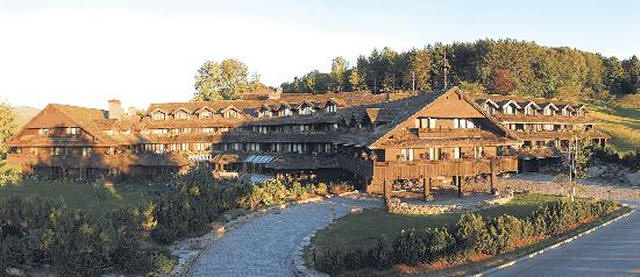

I took two cameras along, and the date setting on my new Kodak
is
two days off. The pictures below were taken by me on September 6

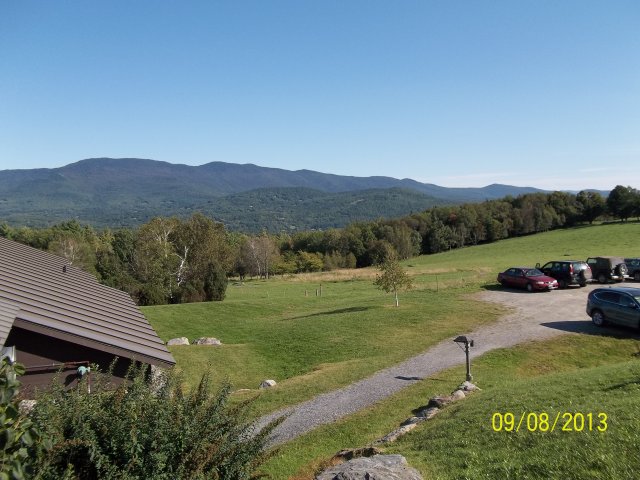
After dinner on the day we arrived (Sept 5) we went downstairs
for a showing of the always-thrilling film Sound of Music
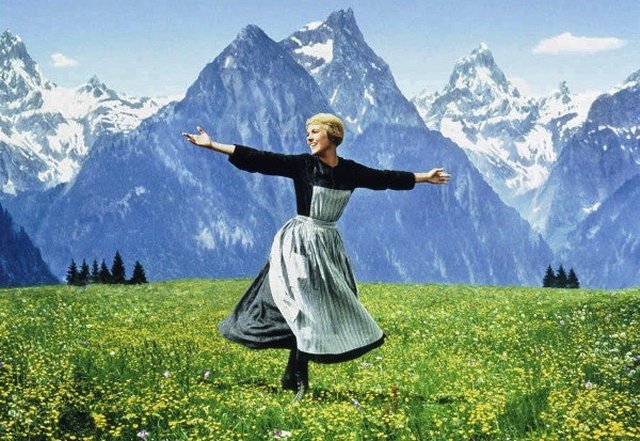
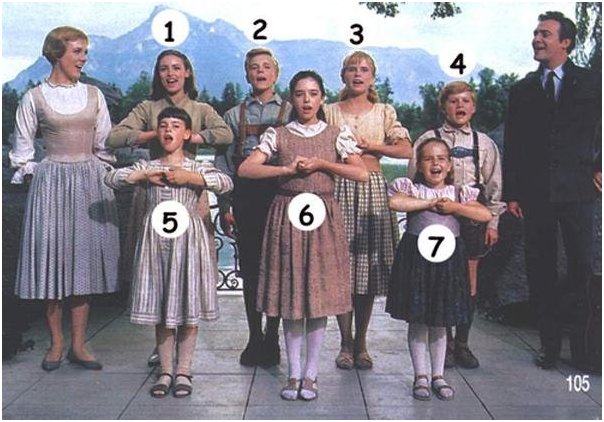
The next morning I paid $10 for a "Learning the Woods" hike
This is our hike leader and three of my fellow hikers

The first tree at the start of our hike is a somewhat scrawny
tamarack tree
http://en.wikipedia.org/wiki/Larix_laricina
The Trapp family land extends beyond the distant mountains across the Nebraska
Valley

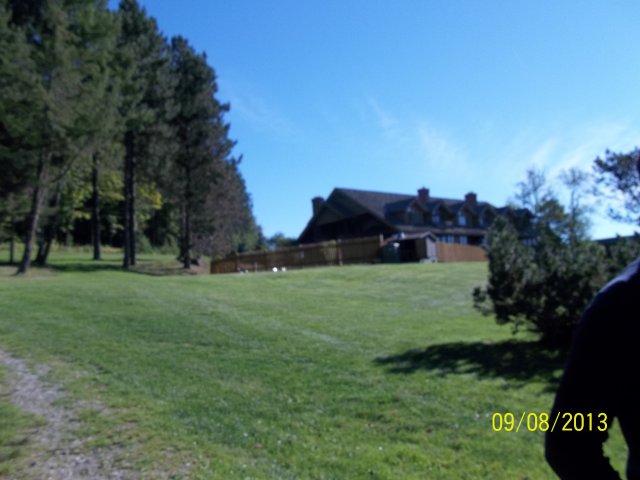
Early on after the start of our walk in the forest we came
upon poem by Robert Frost
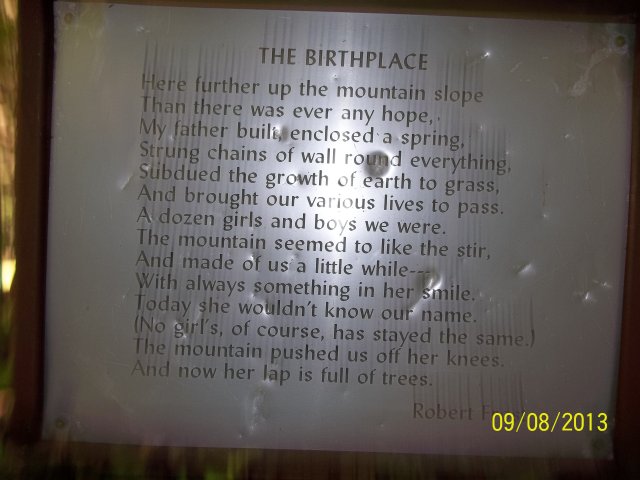
I remarked to my fellow hikers that the third line from the
bottom seems to have grammar mistakes
"No girl's, of course, has stayed the same"
One of my fellow hikers was an literature teacher
He said Robert Frost simply took poetic license to achieve the correct meter
The line without the correct meter would read
"No girl's [name], of course, has stayed the same"
Leaving out words sometimes makes poetry harder to understand
The above poem was tacked upon a tree beside a hole in the
ground that was the
dug out basement of the farm home of a man named Henderson
In the early 1800s the Hendersons and their neighbors were Marino sheep farmers
on farms separated by rock fences
The forest grew back after the farms were neglected for over 100+ years
The rock walls can still be seen in this forest
When the Trapp family bought the first 300+ acres they moved
the run-down Henderson cottage
down the slope where it eventually became the first building of their own home
and lodge
Besides pointing out and describing the birch, beach, maple,
spruce, pine, ash, fir and other trees in the woods
our leader pointed out the many varieties of mushrooms and explained about some
that are "cancer fighters"
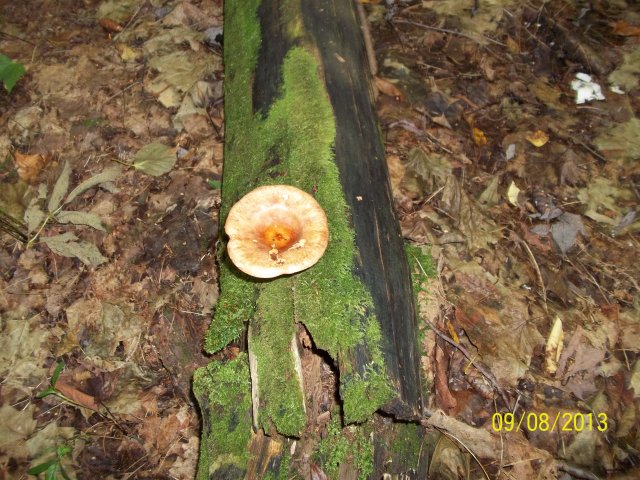
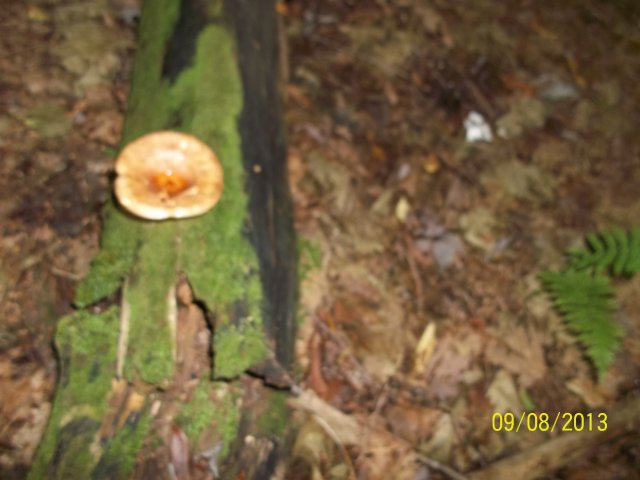
In a separate building in the resort there's a wonderful fitness center
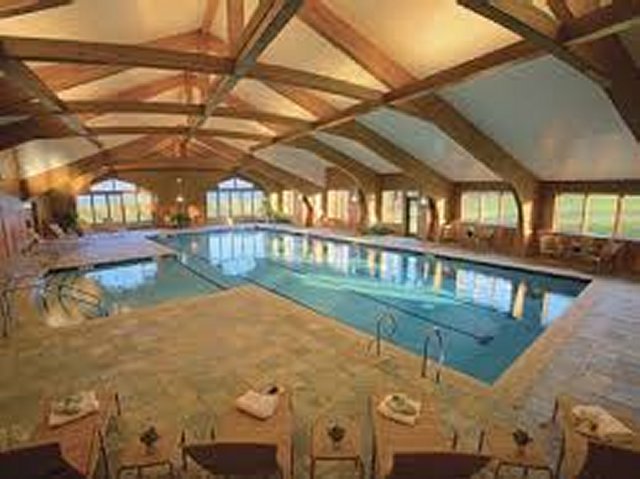
These are pigs and chickens raised on the resort
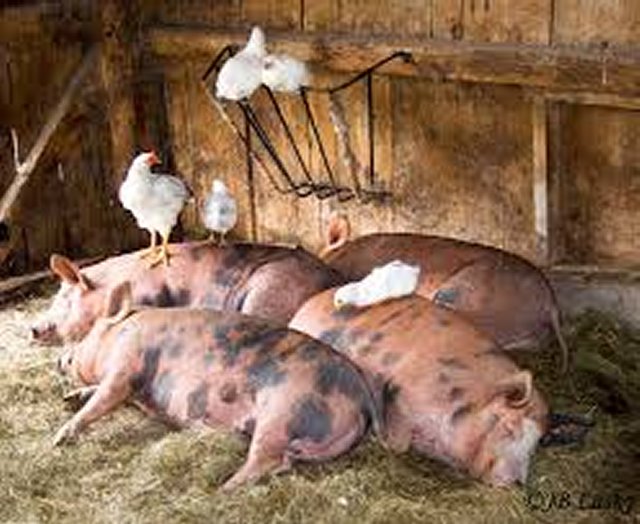
And Scottish Cattle
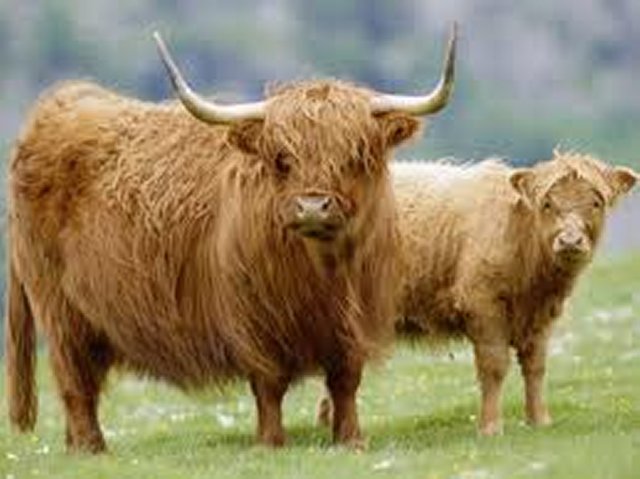
Guests can take carriage rides and wagon rides behind draft
horses
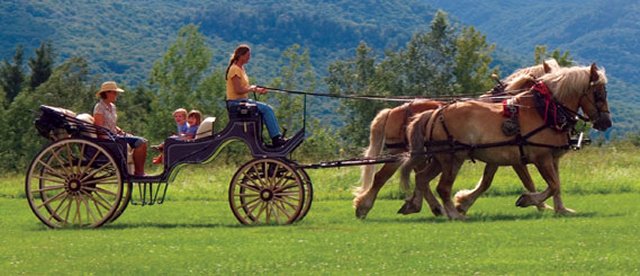
Snowshoers and Nordic skiers are treated to a hearty caldron
of soup in the Slayton mountain cabin

A small chapel in the woods
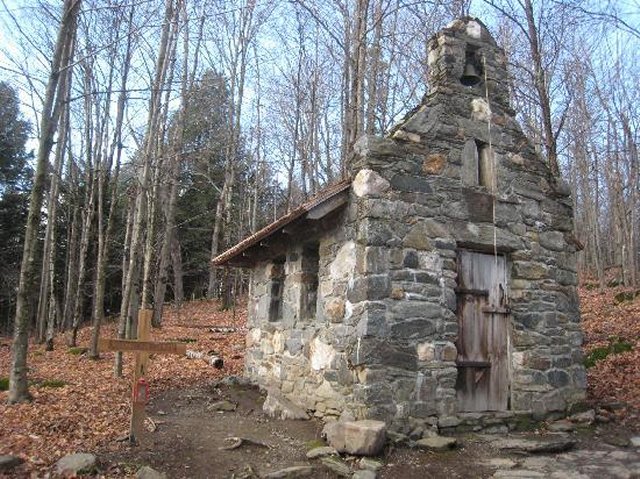
On the afternoon of September 6, 2013 we went downstairs for a
film about the true story
of the Trapp Family history which differs in various ways from the Sound of Music play
and film.
This is my Erika, Michelle, and Maria in the lodge
Each hallway in the lodge if adorned with Trapp Family pictures
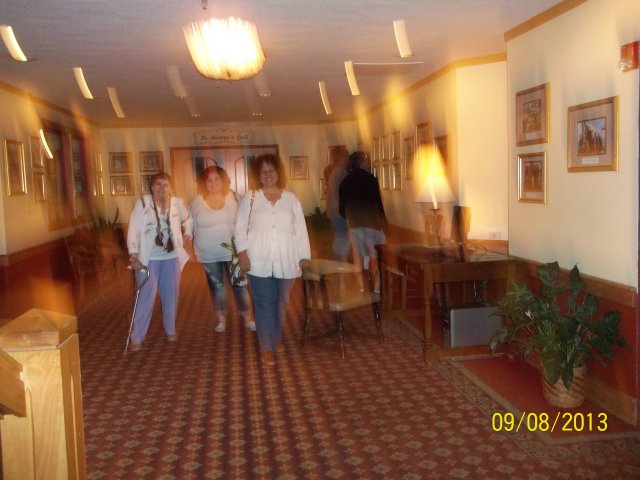
The history of the Trapp Family Lodge---
http://www.trappfamily.com/story
The History of the Georg Maria von Trapp and the Trapp Family
http://en.wikipedia.org/wiki/Trapp_Family_Singers
Note that in reality Maria and the Captain (Georg) were married long before
their fictionalized wedding
in the Sound of Music
The names of the Captain's original seven children were different than names
used in the Sound of Music
And there were more children born before escaping from the Nazis
| Maria was born on 26 January 1905 aboard a train
heading from her parents' village in Tyrol to a hospital in
Vienna,
Austria.[4]
She was an orphan by her seventh birthday and graduated from the
State Teachers College for Progressive Education in Vienna at age
18, in 1923.[5]
She entered
Nonnberg Abbey, a
Benedictine monastery in
Salzburg, as a
postulant intending to become a
nun.[6]
While still a school teacher there, she was asked to teach one of
the seven children of widowed naval commander
Georg Johannes von Trapp and his first wife, Agathe Whitehead
von Trapp. Agathe had died from
scarlet fever. Eventually Maria began to look after the other children as well and the Captain, seeing how much she cared for the children, asked Maria to marry him. Scared, Maria fled back to Nonnberg to ask guidance from the Mother Abbess. She told Maria that it was God's will that she should marry the Captain and since Maria was taught always to follow God's will, she returned to the family and told the Captain she would marry him. She later wrote in her autobiography that on her wedding day she was blazing mad, both at God and at her husband, because what she really wanted was to be a nun: "I really and truly was not in love. I liked him but didn't love him. However, I loved the children, so in a way I really married the children. . . . I learned to love him more than I have ever loved before or after."[7] Maria and Georg married on 26 November 1927. They had three children together: Rosmarie (born 1928 or 1929), Eleonore (born 1931) and Johannes (born 1939). A discrepancy exists for the birth date of their oldest child Rosmarie. In 1944 Maria, under oath in her Declaration of Intention for naturalization, gave the date of the marriage as 26 November 1927 and the date of her first child's birth as 8 February 1928. This would indicate she was pregnant at the time of their marriage, and she would give birth just 2 months and 14 days after her marriage. She confirmed both the marriage and birth date in her Petition for Naturalization, signed under oath, on 26 May 1948. The Trapp family disputes the 1928 date and Maria used the year 1929 in her book. In her wedding pictures, Maria does not appear to be six months pregnant. Financial problemsIn 1935, Trapp found herself financially ruined. She had transferred her savings, held until then by a bank in London, to an Austrian bank run by a friend named Mrs. Lammer. Austria was at the time experiencing economic difficulties during a worldwide depression, because of the crash of 1929. Lammer's bank failed and the family faced a financial emergency.[1] To survive, the Trapps sent away most of their servants, moved into the top floor of their home, and rented the empty rooms to students of the Catholic University. The Archbishop sent Father Franz Wasner to stay with them as their chaplain and they started singing. Early musical careerSoprano Lotte Lehmann heard the family sing, and she suggested they perform at concerts. When the Austrian Chancellor Kurt Schuschnigg heard them on the radio, he invited them to perform in Vienna.[9] After performing at a festival in 1935, they became a popular touring act. They experienced life under the Nazis after the annexation of Austria by Germany in March 1938. Life became increasingly difficult as they witnessed hostility towards Jewish children by their classmates, the use of children against their parents, the advocacy of abortion by both Maria's doctor and by her son's school, and finally by the induction of Georg into the German Navy. They visited Munich in the summer and encountered Hitler at a restaurant. In September the family fled Austria and traveled to Italy and then to the United States. Their home was confiscated by the Nazis.[10] Initially calling themselves the "Trapp Family Choir", the von Trapps began to perform in the United States and Canada. They performed in New York City at The Town Hall on 10 December 1938.[4][9][11][12] The New York Times wrote:
Charles Wagner was their first booking agent, then they signed on with Frederick Christian Schang. Thinking the name "Trapp Family Choir" too churchy, Schang Americanized their repertoire and, following his suggestion, the group changed its name to the "Trapp Family Singers".[10] The family, which by then included ten children, was soon touring the world giving concert performances.[4] Alix Williamson served as the group's publicist for over two decades. After the war, they founded the Trapp Family Austrian Relief fund, which sent food and clothing to people impoverished in Austria. Move to the United StatesIn the 1940s, the family moved to Stowe, Vermont, where they ran a music camp when they were not touring. In 1944, Maria and her stepdaughters Johanna, Martina, Maria, Hedwig, and Agathe applied for U.S. citizenship. Georg never applied to become a citizen. Rupert and Werner became citizens by serving during World War II. Rosmarie and Eleonore became citizens by virtue of their mother's citizenship. Johannes was born in the United States in September 1939 during a concert tour in Philadelphia.[1] Georg von Trapp died in 1947 in Vermont from lung cancer. The Trapp family made a series of 78 rpm discs for RCA Victor in the 1950s, some of which were later issued on RCA Camden LPs. There were also a few later recordings released on LPs, including some stereo sessions. The family also made an appearance on an Elvis Presley Christmas record. In 1957, the Trapp Family Singers disbanded and went their separate ways. Maria and three of her children became missionaries in the South Pacific. In the mid-1960s Maria moved back to Vermont to manage the Trapp Family Lodge, which had been named Cor Unum.[13] In the 1960s, Maria began to turn over management of the Lodge to her son, Johannes von Trapp, although, at first, she was reluctant to do so.[14] DeathMaria von Trapp died of heart failure on 28 March 1987, in Morrisville, Vermont, three days after an operation.[4] Maria, her husband Georg, Hedwig von Trapp, and Martina von Trapp are interred in the family cemetery at the Lodge.
|
The history of the Trapp Family is displayed in pictures
throughout the lodge



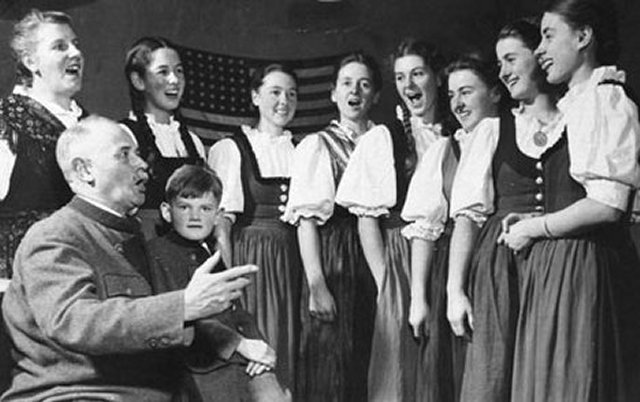
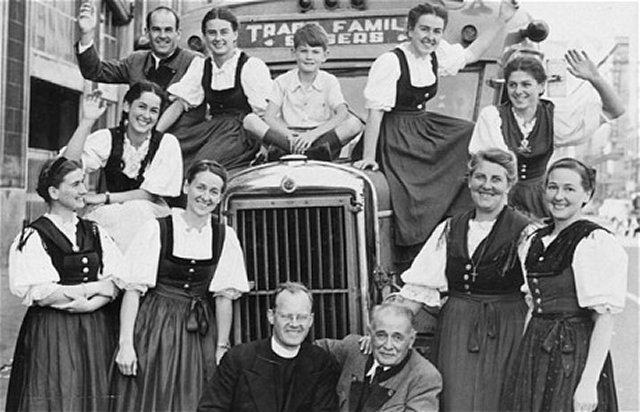
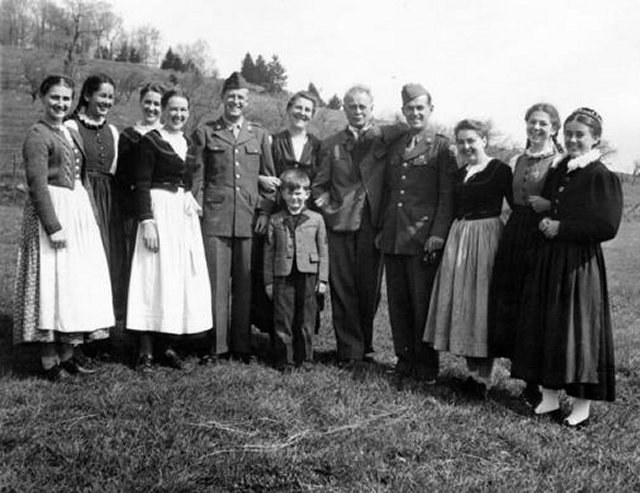
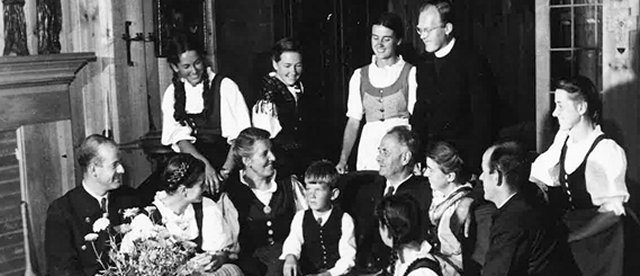
Maple Sugaring
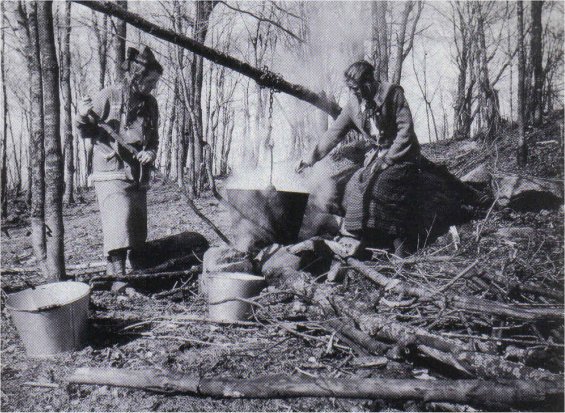
Maple syrup is boiled down these days in a 40:1 ratio in
several "sugar shacks"
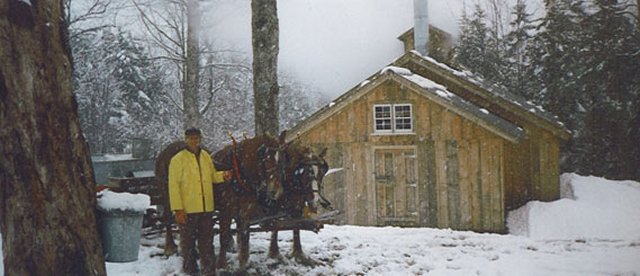

Set 1 photographs of hotels near our cottage ---
http://www.trinity.edu/rjensen/Tidbits/Hotels/Hotels.htm
More of Bob Jensen's Pictures and
Stories
http://www.trinity.edu/rjensen/Pictures.htm
I see from my house by the side of the road
By the side of the highway of life,
The men who press with the ardor of hope,
The men who are faint with the strife,
But I turn not away from their smiles and tears,
Both parts of an infinite plan-
Let me live in a house by the side of the road
And be a friend to man.
Sam Walter Foss (1858-1911)
On May 14, 2006 I retired from
Trinity University after a long and wonderful career as an accounting
professor in four universities. I was generously granted "Emeritus" status by
the Trustees of Trinity University. My wife and I now live in a cottage in the
White Mountains of New Hampshire ---
http://www.trinity.edu/rjensen/NHcottage/NHcottage.htm
More photographs and history of this (White Mountains) area --- http://www.trinity.edu/rjensen/Pictures.htm
All my online pictures --- http://www.cs.trinity.edu/~rjensen/PictureHistory/
Bob Jensen's threads --- http://www.trinity.edu/rjensen/Threads.htm
Bob Jensen's Home Page --- http://www.trinity.edu/rjensen/